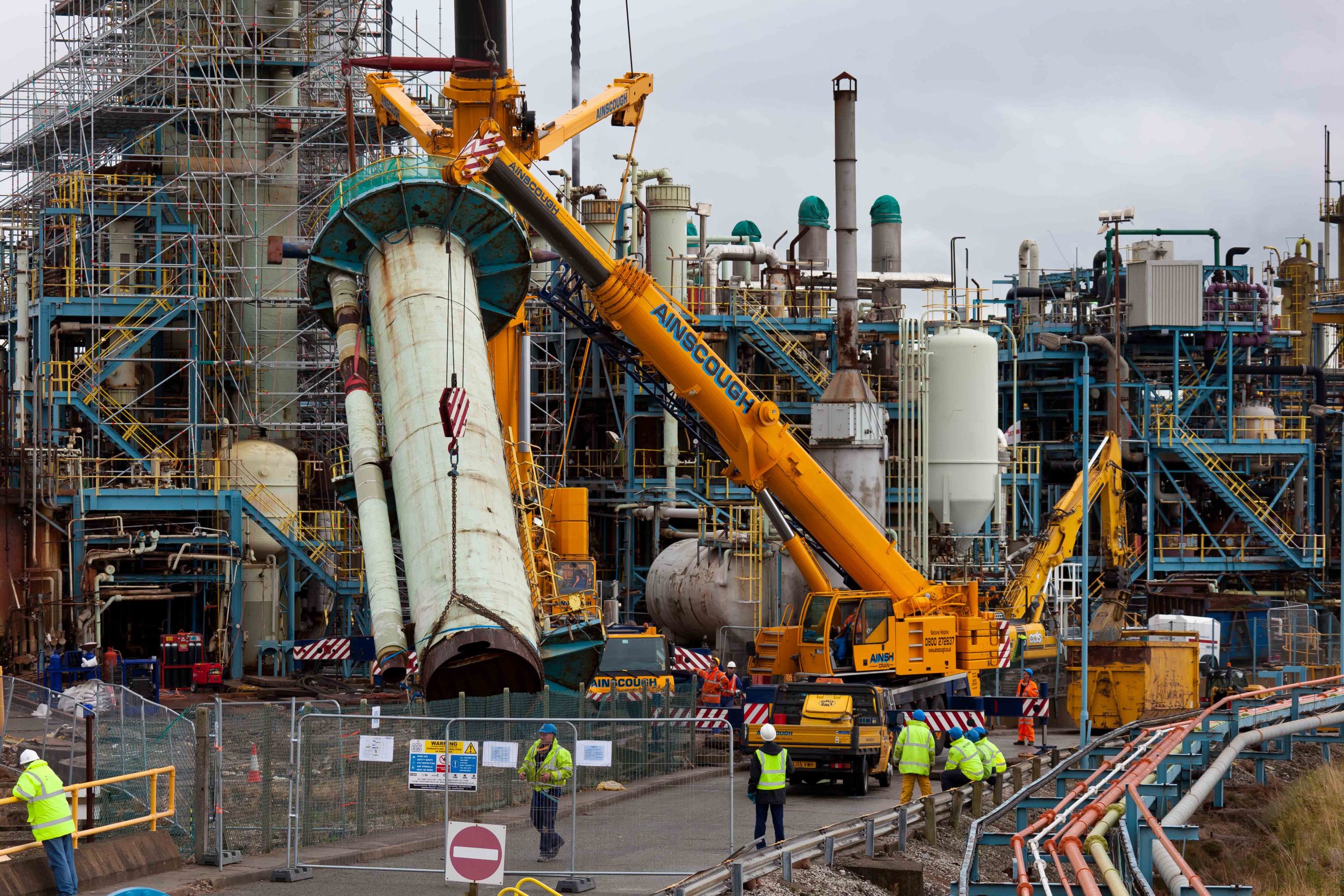In his most recent Demolition & Recycling International column, RVA’s MD Richard Vann looks at overcoming the stigma surrounding safety. If you missed the article, catch it in full below…
It can be difficult to talk about the ‘S’ word.
There are some people who think ‘the world has gone mad’ when it comes to risk assessments, site inductions, and training regimes to keep safety front of mind. Yet at the other end of the spectrum, safety standards and the weight of responsibility on some individuals’ shoulders, will literally keep them awake at night.
But whatever the attitude, and however tricky the conversations might be, we must keep talking about the topic. This is particularly important when thinking about safety incidents – some of which can be fatal. Because yes, this can be an emotive and distressing subject. However, we cannot be dismissive of the data, as the numbers aren’t merely statistics – they are lives lost and families broken.
The HSE’s report – Workplace fatal injuries in Great Britain, 2021 – for example, makes for a tough read. There were 142 employees killed in work-related accidents in 2020, with an additional 60 work-related deaths among members of the public. The report introduction states that: “Fatal injuries are thankfully rare events”. But numbers of any scale act as a prompt to remind us that a safety-first mindset is crucial, however hazardous – or not – a ‘workplace’ may first seem.
Safety is absolute after all – there is no sliding scale. Something is either safe, or it isn’t, as you don’t know the tipping point between having a near-miss and someone being killed.
There are physical safety measures that can be taken of course, such as the wearing of PPE, the erection of handrails, and perhaps less obvious rescue measures such as how we’d get someone down if they had a heart attack when working at height.
We should all work with the attitude that: “I want to go home tonight with ten fingers and ten toes”. Because, what if a series of workplace behaviours saw a number of seemingly minor oversights coalesce, just once – when person A did X, person B didn’t do Y, and person C presumed someone else would take care of Z – and with devastating consequences? Most major incidents are the cumulative result of a number of factors.
For similar reasons, we should cross even familiar roads and always look, regardless of whether nine times out of ten, there’s never been a passing car before. Because what if on the tenth occasion there is?
These may seem like both trivial and extreme examples to give, in the same breath. But they’re important to discuss – irrespective of the possible eye rolls – because safety is so critical.
So, mindset matters. So too, does an ongoing culture of communication and the re-evaluation of risk, by everyone involved. We’re human, after all, and when a scenario becomes habitual or comfortable, we’re scientifically proven to fall out of a certain behaviour. Familiarity breeds contempt. We therefore need to keep talking, from the ‘bottom up’, with no gaps.
Nobody would openly say: “I deliberately take risks at work”, or: “We don’t do things particularly safely on our site.” However, a continued assessment of that safety should take place, ideally steered by someone with safety management expertise, but definitely embraced by all.
And as operations become more complex – from reverse parking a car to decommissioning a petrochemical site – we should simply risk assess, mitigate, and manage the situation accordingly, relevant to the scale, type, and number of hazards at play.
In saying all of this we must remain sensible. We all have jobs to do, and in some cases the ‘health and safety gone mad’ statement is probably justified.
For example, site inductions should be relevant to the visitor, the nature of their work, and the areas they will be accessing. Asking someone visiting only the administrative area of a power station, to watch the same multi-hour safety video, or complete the same training process as someone maintaining the electricity generation equipment, is ludicrous. Yet it happens. And, in such a scenario, the plant owner’s genuine commitment to safety could actually lead to a negative outcome. It would be understandable for the visitor to glaze over, for instance, and miss the section of the induction they personally need to digest, to remain safe on site.
Finally, reactive safety strategies are also important – the investigation of an incident, root cause analysis, reporting, the evaluation of learnings, and the implementation of improvements. The world is constantly changing, and sadly it isn’t possible to predict every eventuality.
But this responsive exercise – however imperative – means an incident has already happened. So, let’s explore what more we could do to prevent them in the first place. If we don’t do what is reasonable and practicable to prevent 100,000 trapped fingers, what’s to say we won’t have 10,000 cut fingers, 1,000 broken fingers, ten amputated arms, and one fatality? Let’s keep talking.









